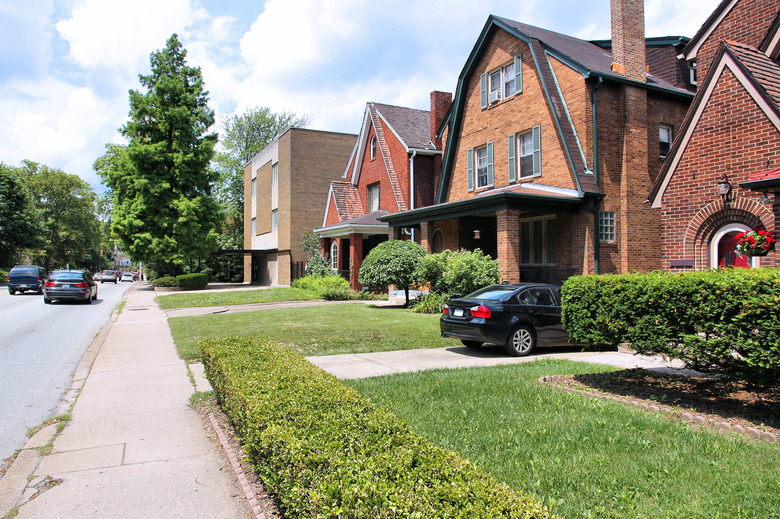The Best Time To Plant Grass In Pennsylvania
We may receive a commission on purchases made from links.
Knowing the best time to plant grass in Pennsylvania is important to ensure a healthy, lush lawn. Before purchasing grass seed, know whether it's a cool-season or warm-season variety for optimal results in the state.
Types of Grass
Types of Grass
Cool-season grasses are ideally planted in the fall, do well with warm temperatures during the day, and prefer cooler nights, whereas warm-season grasses can handle hotter temperatures, little water, and are best planted in warmer climates.
Pennsylvania's humid climate and cold winter make cool-season grass a preferred choice. Some of the best grass seeds for Pennsylvania are bluegrass, ryegrass, and fescue.
When to Plant Grass Seed
When to Plant Grass Seed
The best time to plant grass in Pennsylvania is in the fall or even as early as late summer. Plant grass when outside temperatures are mild and range between 60 and 75 degrees Fahrenheit. The soil is usually warm, too, allowing the grass seeds to germinate.
Planting during this season also allows for the grass to have two cool growing cycles — in the fall and spring — before the hot summer weather arrives. There are also fewer lawn diseases and less competition for resources in the fall, giving the grass an opportunity to not only survive but thrive.
Grass seed should be sown a month and half before the first frost arrives to ensure success. Plant grass seed before October so that the grass has optimal conditions in which to germinate. Keep the soil moist but not overly wet.
Overseeding a Lawn
Overseeding a Lawn
Overseeding is sowing grass seed directly into an existing lawn. Prepare the area by light digging and raking to expose some soil in which the seed can germinate. Spread seeds either by hand or with a grass seed spreader. Then, spread compost and rake it over the seeds to cover them. Water so the soil is moist but not soaking wet. Maintain even moisture for several weeks while the grass germinates and grows.
There are different reasons for overseeding, including covering up patches of exposed soil in the lawn, deepening the color of the turf, or making the turf thicker. Overseed during the early fall, spring, or late winter for the best results.
Know Your Soil
Know Your Soil
Not only is it important to match the climate with the appropriate grass type, you also want to ensure the soil is conducive to the grass variety. The best topsoil for growing grass is neutral to slightly acidic, typically with a pH range of 6.2 to 7.0. The best way to know the pH of your soil is to use a pH testing kit. If the soil is too acidic, you may need to add lime to get the adequate pH level or if it's too alkaline, you may need to add aluminum sulfate or sulfur.
Soil temperature is also important when planting grass seed. Cool-season grasses develop the strongest root growth in soil with temperatures ranging from 50 to 65 degrees Fahrenheit. You can check the soil temperature with a soil thermometer.
References
- PennState Agricultural Sciences: Choose the Right Grass Seed for Pennsylvania Lawns
- PennState Extension: Lawn Management Through the Seasons
- Charlestown Landscaping: The Best Time to Plant Grass in Pennsylvania
- Jonathan Green: Importance of Proper pH
- PennState Extension: The Cool-Season Turfgrasses: Basic Structures, Growth and Development
